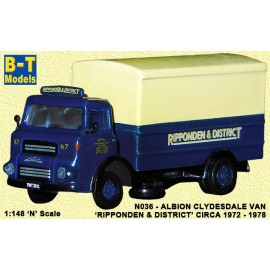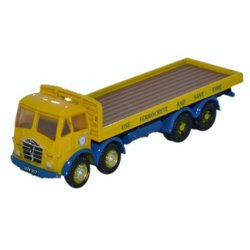Older locomotives and rolling stock may not be compatible with Code 55 N Gauge track. This is because Code 55 track...
No products
Product successfully added to your shopping cart
There are 0 items in your cart. There is 1 item in your cart.
Search Tips
Christmas and New Year
We are dispatching orders every weekday apart from Christmas Day, Boxing Day and New Year's Day.
If you order is time critical, select next day delivery at checkout.
The shop in Sandown is closed from 25th December, reopening on 30th December.
What is 1:148 scale?
1:148 scale refers to a model where the real-life prototype that the model is based on is 148 times bigger than the model.
1:148 scale is the British version of N gauge model railway, continental Europe and the US both use a version of N gauge that equates to a scale of 1:160 which is a little smaller than the UK version. Despite this, both 1:148 scale and 1:160 run on the same N gauge track measuring 9mm between the parallel metal rails.
The difference came about because when manufacturers wanted to produce models of British locomotives, they realised that they were a lot smaller than locos on the continent. This is due to British locomotives having a smaller loading gauge (height and width) than their continental counterparts despite using the same standard gauge track. This was a problem because early mechanisms would not fit into the smaller casings required to accurately model the engines so they had no choice but to make them slightly oversized for the gauge and thus 1:148 scale was born.
As well as N gauge sharing a common track, the scenery and buildings etc are also often referred to generically as N gauge, this is because the difference between the two scales is deemed too insignificant to be of concern to most modellers.
Click here to receive the tips weekly in your mailbox. You can unsubscribe at any time.










